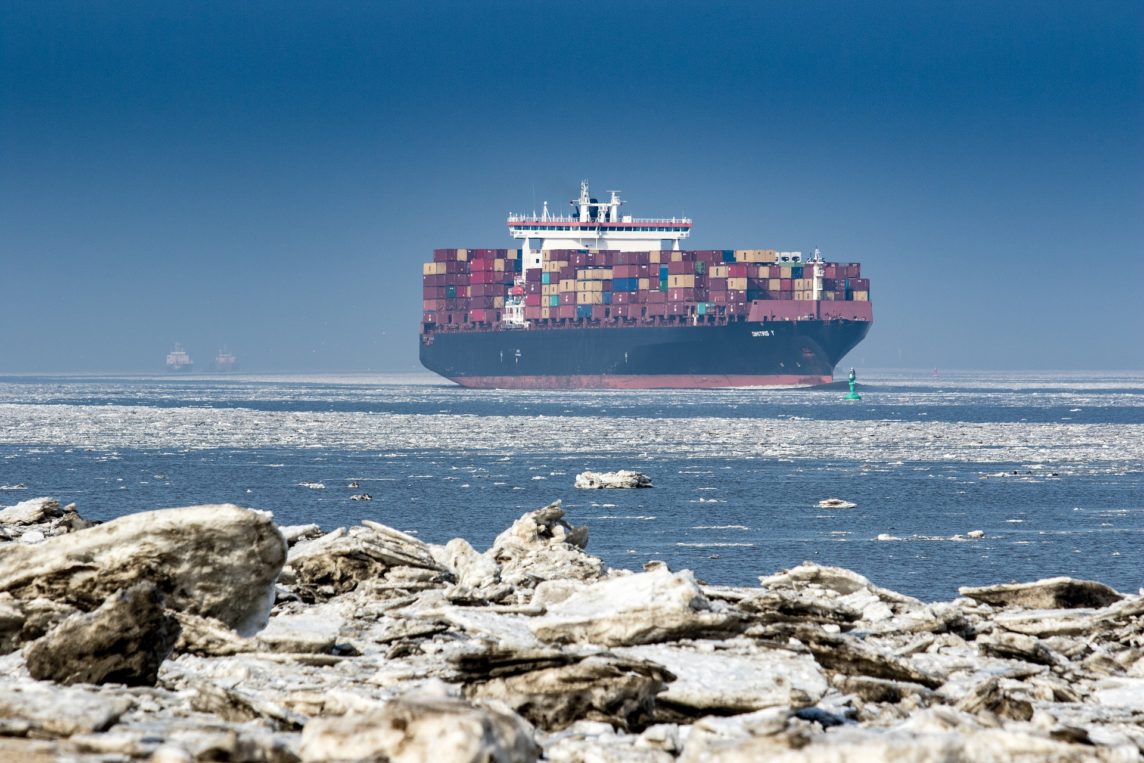Recently, ocean carriers said the three letters most likely to ruin shippers’ day: GRI. A GRI (General Rate Increase) is an ocean carrier’s announcement that it will be increasing its container rates in a specific shipping lane, in amounts that range to a few hundred dollars to over a thousand dollars per container. This most recent round of GRIs are for cargo sailing from Australia, Asia, and the Indian Subcontinent to the U.S. and Canada, at an eye-watering increase of $1000 per 40-foot container. GRI announcements are difficult to predict, and particularly difficult to explain to cargo owners, who sometimes greet them with a “shoot the messenger” mentality. Unfortunately, GRIs are a fact of international ocean shipping, but it is possible to both prepare for them and react to them in ways that minimize the damage.
When a shipper learns of a GRI that stands to double their shipping costs, they tend to be understandably alarmed, but the situation is rarely as bad as the initial “sticker shock” suggests. U.S. maritime law requires carriers to announce GRIs thirty days before they take effect. Furthermore, the law stipulates that carriers can only reduce rates in the month following a GRI announcement, not increase them. During that month, freight forwarders and cargo owners have the opportunity to bargain for lower rates or postpone the date when the GRI takes effect, so the final increase may not be nearly as dramatic as the initial quote.
In a perfect world, GRIs would happen no more than once or twice or year, but in times of high volatility, these announcements are more frequent. In the present moment, ocean carriers are reacting to tariffs, recovering from a punishing winter storm season and adjusting to the still-new carrier alliances. As frustrating as they are, GRIs are an attempt for carriers to maintain profitability, which has been a major challenge in recent years that have seen numerous bankruptcies and mergers shrink the field of carriers and competition.
For cargo owners, weathering GRIs requires the same mix of flexibility and patience needed to cope with most logistical issues. In this case, a shipper must have flexibility built in to at least one facet of its logistical operations: either budget, delivery date, or carrier/lane flexibility. In some cases, in which a GRI is the result a temporary crisis, shippers can wait for lower rates, though this requires keeping sufficient inventory on hand, and won’t work for time-sensitive cargo. In other cases, an international freight forwarder can attempt to find a carrier offering lower rates, though once one carrier announces a GRI, the others operating in the same lane typically follow suit. In that case, it is important to have a customer service oriented freight forwarder with the flexibility and resources to explore alternatives and who has the volume to mitigate that increase.
Of course, sometimes shippers simply have to accept GRIs. If this happens, keep in mind that your freight forwarder is as unhappy as you, and in many cases, logistics firms take at least part of a GRI out of their own profits, rather than forcing shippers to absorb the total cost. Some of the most important work logistics management companies do is advocating on behalf of their clients for lower rates, but this process requires patience from all parties, and understanding that the ultimate solution will likely be some form of compromise.



